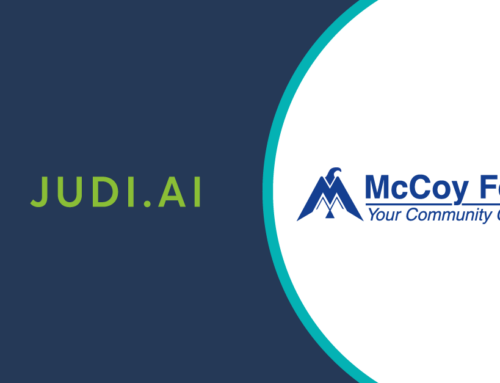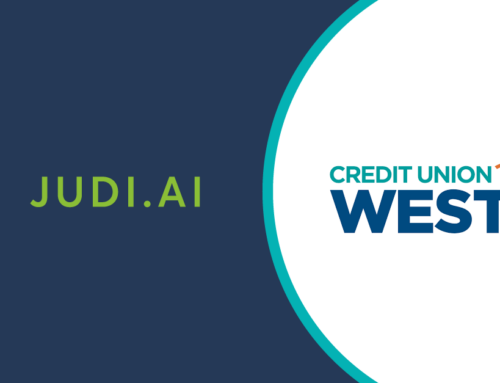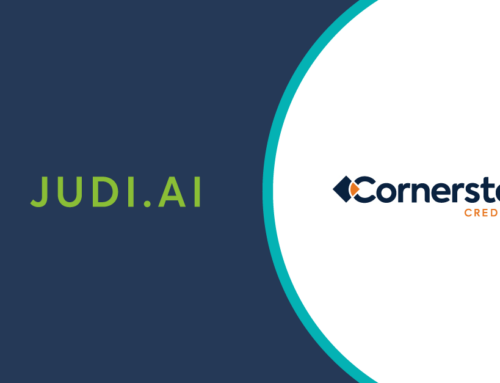Welcome to Part 1 of our 3 – Part “Ask the Data Science Guru” series.
A big part of what makes JUDI.AI unique is our credit science expertise. We have a growing team of data scientists, led by our Chief Credit Scientist, Dr. Russell Anderson. These individuals are devoted to helping SMB lending teams “make the most of their data”. We recently asked them to explain what that means exactly and to talk about the role cash flow data will play in the future of credit risk. Here’s a summary of their answers:
“SMB bankers are sitting on a goldmine of transaction data. These transactions are the prime record of money that has moved in and out of a borrower’s bank accounts – including details on deposits, charges, and withdrawals. The JUDI.AI platform allows lenders to tap into these data for prospective customers.”
“Cash flow details extracted from monthly banking transaction statements provide a more accurate depiction of financial health status than the traditional financial statements and tax returns, which tend not to be current or created in any kind of standardized way. Moreover, it involves a great deal of manual work to pore over these documents.”
“If an SMB lending team can get closer to the original source, they can gain access to more accurate, timely data. Augmented with AI and machine learning algorithms built to support transaction categorization, signal processing, credit risk analysis, and automated underwriting, SMB lending teams will be in a far stronger position to perform sharper credit analysis, continuous risk management, and predictive growth analytics.”
The JUDI.AI credit science team has proven that cash flow derived from banking statements goes a long way towards establishing the true creditworthiness of SMB borrowers. In fact, sharper credit assessment involving cash flow variables such as a number of tax payments, NSF recency, operating credits, and financing debits has shown to reduce risk in fixed loan volumes by 30%. Alternatively, you can expect an increase of 20% loan more approvals at a fixed risk.
The need for new sources of data isn’t limited to complex SMB lending. According to a report from AiteNovarica, a growing plurality of consumer lenders are becoming less confident in their ability to make lending decisions using traditional credit scores, and are seeking out new, alternative sources of data and methodologies for analyzing that data.
“As lenders increasingly see the business need for incorporating more data, they also need more advanced analytical techniques, such as AI, to parse through the increased volume of information and incorporate it in a manageable way that adds value.” – Leslie Parrish, Senior Analyst, AiteNovarica
If you are interested in learning more about the cash flow data that underpins our SMB-specific credit model, learn more here or contact [email protected].




